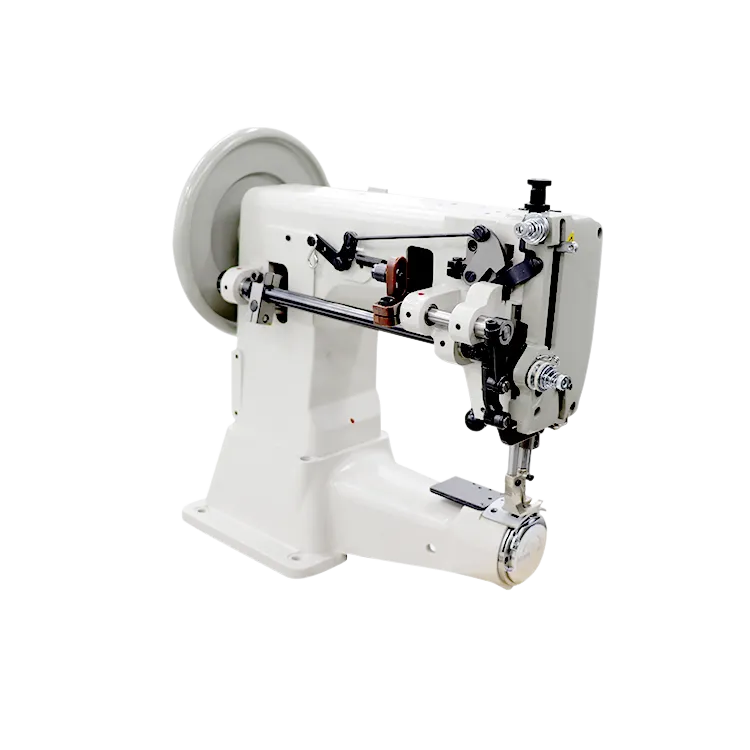blind stitch upholstery
Understanding Blind Stitch Upholstery A Seamless Finish for Your Furnishings
Upholstery is an art that transforms furniture, adding both aesthetic appeal and comfort. Among the many techniques used in upholstery, blind stitching stands out as a method that not only enhances the visual quality of a piece but also reinforces its durability. This article explores what blind stitching is, its applications, and tips for achieving the perfect finish.
What is Blind Stitch Upholstery?
Blind stitching, often referred to as hidden or invisible stitching, is a sewing technique where stitches are made in such a way that they are not visible on the front of the fabric. This is accomplished by catching only a few threads of the fabric on the surface while securing the fabric on the backing. The result is a clean and polished appearance, making it an ideal choice for furniture upholstery, especially in situations where a neat finish is paramount.
This technique is widely used in reupholstering furniture, particularly in the finishing of cushions, hems, and seams. Blind stitching is not only functional but also enhances the overall design of the upholstery by providing a seamless look that elevates the furniture's elegance.
Applications of Blind Stitching
1. Cushion Covers One of the most common applications of blind stitching is in making cushion covers. By employing this technique, upholsterers can create smooth, durable edges that withstand wear over time. It ensures that the stitches do not detract from the visual appeal of the fabric, allowing for bold patterns and colors to take center stage.
2. Hems and Edges When finishing the raw edges of fabric, blind stitching offers a clean solution that prevents fraying while maintaining an aesthetically pleasing appearance. This is particularly beneficial for high-end fabrics where visible seams might compromise the overall look.
3. Slipcovers In slipcovers, blind stitching is employed to secure the fabric in place without revealing the stitches. This not only makes the slipcover snug but also provides a tailored appearance, an essential aspect for a well-coordinated furniture set.
blind stitch upholstery

4. Decorative Elements Blind stitching can also be used to attach decorative elements such as trims, piping, or lace without the stitches showing. This allows for creative textures and designs without compromising the sleek look of the upholstery.
Tips for Achieving Perfect Blind Stitching
1. Choose the Right Fabric Not all fabrics work well with blind stitching. Heavier fabrics like denim or canvas may require a different approach. Opt for upholstery-weight fabrics that can handle the tension of stitching while maintaining a refined look.
2. Use the Correct Thread Selecting an appropriate thread is crucial. Ideally, the thread should match the fabric color closely to help maintain the invisibility of the stitches. For heavier fabrics, a thicker, stronger thread may be necessary.
3. Master the Technique Practice makes perfect. Take the time to learn the technique thoroughly. Blind stitching involves a specific method of sewing that may take some time to master. Enlist the help of tutorials or take a class if needed to refine your skills.
4. Precision is Key The positioning of stitches is vital in blind stitching. Ensure that you are sewing evenly and catching just a few threads on the top layer while securing the backing layer firmly. This precision will determine how invisible the stitching will be.
5. Use Appropriate Tools A good needle and high-quality sewing machine equipped with a blind stitch foot will make your task easier and ensure a neat finish. These tools are designed to help you achieve the precise stitch placement needed for this technique.
Conclusion
Blind stitch upholstery is a fantastic way to achieve a seamless finish that complements the style and elegance of your furnishings. With its various applications, from cushions to decorative elements, understanding and mastering this technique can dramatically enhance your upholstery projects. By following the tips provided, you can ensure that your work not only looks professional but also stands the test of time. Whether you're a DIY enthusiast or a professional upholsterer, incorporating blind stitching into your repertoire can elevate your craft to new heights.
-
Industrial Cylinder Arm Sewing Machine: Revolutionizing Heavy-Duty SewingNewsJul.28,2025
-
Cylinder Arm Sewing Machine: Perfect for Special Sewing ApplicationsNewsJul.28,2025
-
Cylinder Bed Sewing Machine: Essential for Sewing Complex MaterialsNewsJul.28,2025
-
Heavy Duty Sewing Machine: The Essential Tool for Industrial ApplicationsNewsJul.28,2025
-
Computerized Pattern Sewing Machine: Revolutionizing Precision StitchingNewsJul.28,2025
-
Heavy Duty Industrial Sewing Machine: Power Meets PrecisionNewsJul.28,2025
-
Leather Sewing Machine: The Industrial Standard for Tough MaterialsNewsJul.18,2025





























